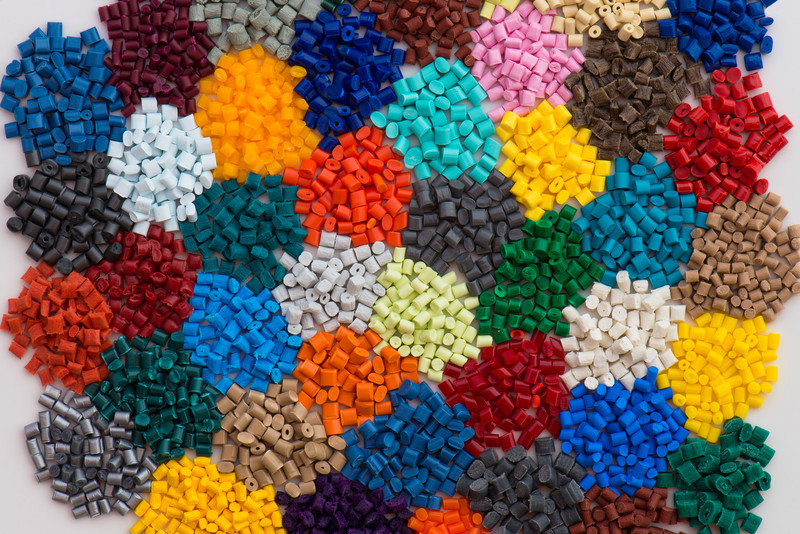
Choosing injection molding partners (Pt. 2)
Validation, Cost Benefit Analysis, Vendor Quality Certification, and Version Control
This is the second half of a two-part blog with injection molding partnering tips and considerations I have discovered and developed over many medical device projects for StarFish Medical and other organizations.
The first blog covered basics including terminology, process, and volume. This blog will delve into financials and quality considerations.
Manufacturing Validation
You must validate your manufacturing process for medical devices. This is usually done by inspecting parts and testing for low volume. However, that is not feasible if you require hundreds of thousands of parts. Test runs can be performed with the molding machine, where each variable in the process is measured (Operational Qualification). The test parts from each cavity are carefully measured (Installation Qualification), and a few key dimensions or parameters are highlighted for on-going process control (Performance Validation). This qualification process is often shortened to IQ/OQ/PQ.
Volume requirements will have an effect on your injection molding strategy. Using the complex enclosure example in Tip 3, since the product is relatively low volume and the enclosure only forms a few percent of the overall Bill of Materials (BoM) cost, IP/OQ/PQ would add a significant cost to the overall development cost, whereas inspection during assembly would be absorbed in the overall assembly cost of this complex device. For the high volume design, it would be well worth IQ/OQ/PQ validation as no further testing would be required, and the $200,000 validation cost would be amortised at pennies per each part cost.
Cost Benefit Analysis
Typically, as part of due diligence you would obtain ballpark quotes from a number of injection molding houses with associated expected mold lifetime. For example, this may be a low volume (<100,000) prototype tooling using aluminium, medium volume (<250,000) using plated P20 steel, and volume (1,000,000) using hard steel.
Perform a cost benefit analysis where the device BoM cost, assembly cost, and process validation requirements and tooling costs are factored in, and use this when determining your tooling strategy. Depending on your funding arrangements, it may be appropriate to get to market with prototype tooling, demonstrate there is market, then commission medium volume tooling at a preferential investment rate, rather than pay for volume tooling and validation up front.
It is common for manufacturers to perform cost reduction exercises throughout a project when certain target volumes have been achieved. If you are not sure of the long-term volumes, then medium-volume P20 tooling may be appropriate. If larger volumes do materialise in a few years, you can always get more tools made.
Consider a benchtop part selling 50,000 units over 5 years, with aluminium tooling of $100K and part costs of $10, the true cost of the part would be $12. If you were to invest in $500K of tooling for a multi-cavity steel tool, perhaps cycle times could be reduced and the part costs would drop to $4 – very attractive. However, if still only 50,000 parts are sold, then the true cost of the part is $14. And that’s not including any future value calculations of the capital investment.
Finally, examine the impact of tooling on your balance sheet – some investors need assets, others do not.
Vendor Quality Certification
Molding house quality certification often impacts your tooling strategy. A prototype injection molding house may not have any formal quality certification. You should consider these untested component suppliers for medical devices and inspect each part during manufacture.
Some toolers may have ISO9001 certification. After IQ/OQ/PQ, you can use the parts without inspecting each one, provided a) you trust them, and b) they issue a Certificate of Conformity (CoC) with each batch. Others may be ISO13485 accredited, and you can treat them just like the ISO9001 suppliers. They may also provide other services, such as packaging, warehousing and order fulfilment.
It is common for Injection Molding houses to subcontract tooling manufacture to their contacts, which can reduce costs when the tooler is offshore. This process is usually much smoother if the injection molding house has a recognised quality management system (QMS) in place, as they must have procedures in place for managing their vendors.
Take Care with Version Control
Medical device manufacturers should use a version control system for designs. Choosing a molder with a recognized QMS will help eliminate any production or prototyping errors related to out-of-date revisions mistakenly used. Part numbers and revisions can be easily incorporated into production tools. Date wheels or other identifiers can be inserted into the tool and be molded into innocuous locations to provide batch or lot identification
I always prefer to issue solid models, drawings etc. with an issuance note and unique drawing numbers, part numbers and file names, which clearly instructs the injection molder to destroy or delete the previous models.
Several of the issues and tips above are interrelated. If you are going to follow only one tip, it should be cost benefit analysis. This tip combines most of the issues in a single step. For example, take the issues of tooling cost, materials cost, validation costs, cash burn time while you are waiting for tooling to be made. All of these can be factored into a thorough cost benefit analysis. The results may be surprising…
Vincent Crabtree, PhD is a former Regulatory Advisor & Project Manager at StarFish Medical. He welcomes comments and feedback from readers regarding his articles.
Image: 19697944 © XXLPhoto / CanStockPhoto.com
